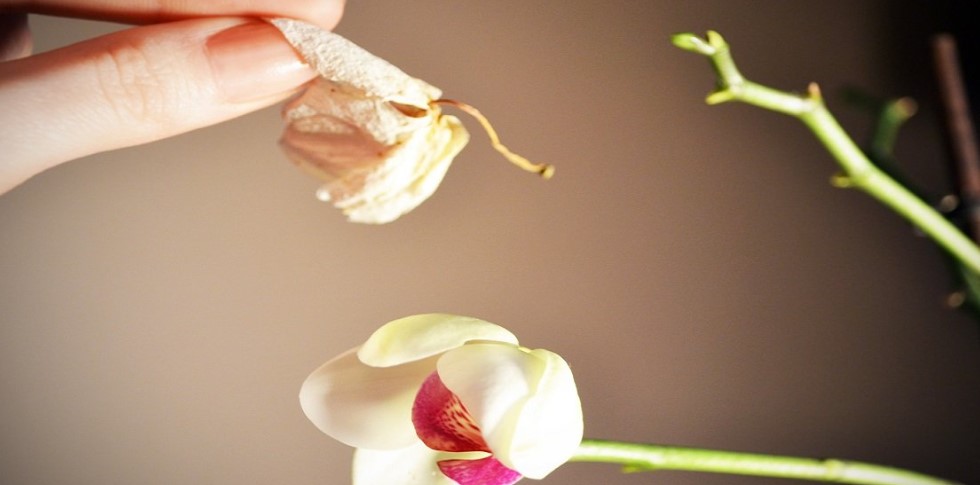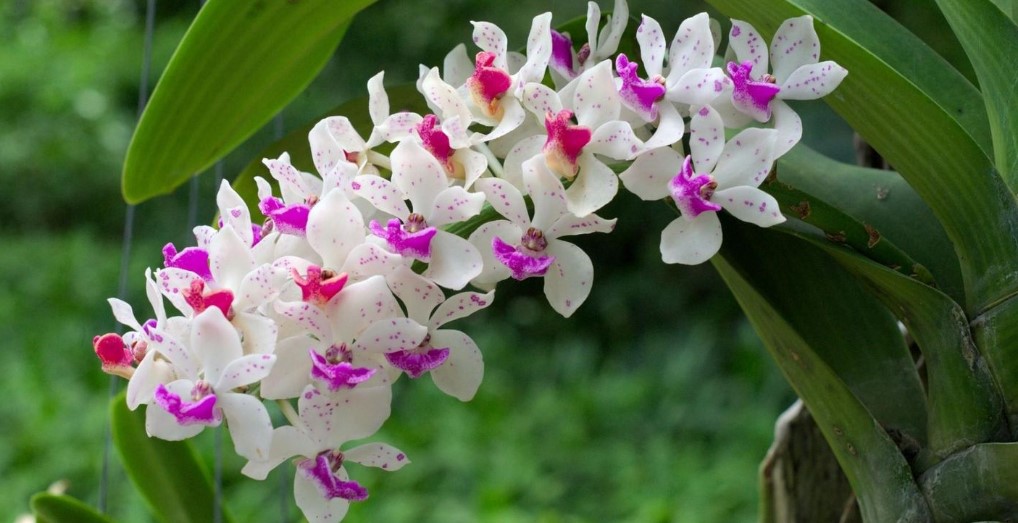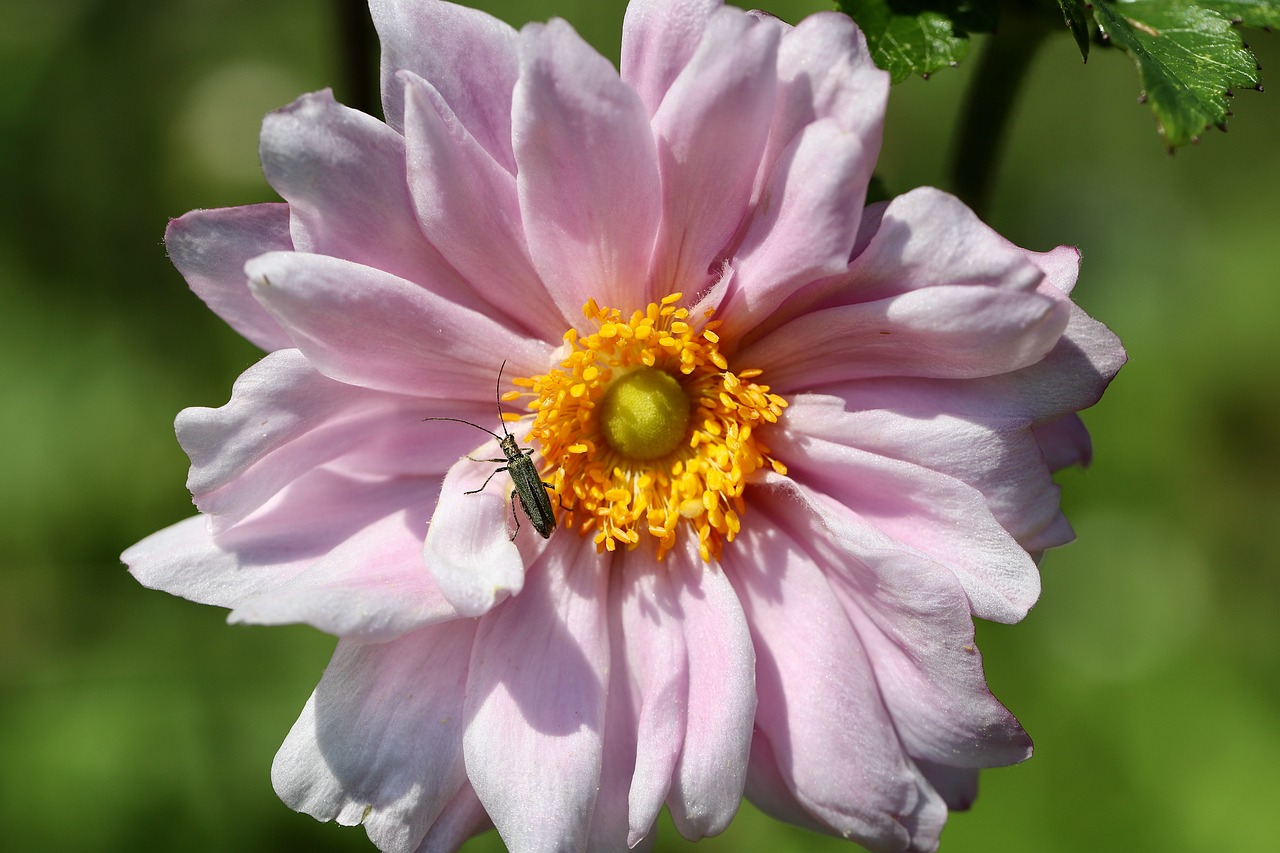
When Do Orchids Bloom?
You may have asked yourself the question, when do orchids bloom? You may be a bit confused if your plant never blooms! You might have read about Phalaenopsis or Cattleya flowers blooming during winter or the time in between summer and winter when Phalaenopsis blooms. Whether you have an Unifloiate Cattleya or a Phalaenopsis, the answer is probably the same.
Whether you’re buying an orchid for the first time or a veteran orchid owner just looking to add a new variety to your collection, it can sometimes be confusing when an orchid is labeled as in-bloom. While many of our favorite garden flowers bloom in the summer, many orchids bloom in the fall, followed by winter and spring bloomers. Buying an orchid plant in bloom isn’t necessarily a sign of when the plant should bloom, as growers can induce bloom in the greenhouse by altering light and temperature.

Phalaenopsis
When do orchids bloom? The first step in determining when to plant orchids is to determine which type you have. Some orchids bloom seasonally while others do not. Some orchids need a specific period of rest before they begin blooming again. Others bloom all year long. In either case, the timing of when they bloom will vary from plant to plant. Here’s a step-by-step guide to help you determine when your orchids will begin to bloom.
The growing conditions of orchids are essential to their success. Most orchids are classified as epiphytes, or “rock-growing” – clinging to rocks or other surfaces. But there are also terrestrial orchids anchored in soil or sand. Some are even grown on wooden plaques, crumbled charcoal, pebbles, and tree bark. The most important factor is their horticultural environment.
Cattleya
When grown indoors, Cattleya orchids bloom best in indirect light. It prefers a temperature of about twenty to twenty-five degrees celsius during the day and around twelve to fifteen degrees at night. They can tolerate short periods of direct sunlight, but they should be kept well-watered. Their preferred growing conditions are bright indirect light, low humidity, and good air circulation. They may be grown in pots or the ground, depending on the type of lighting.
Although Cattleya orchids can flower two to three times a year, most species only bloom once a year. The flowering period of these orchids is about six to ten weeks. They have a distinctly waxy, frilly appearance, and are often used in corsages. Some of these plants are fragrant and may bloom twice or even three times annually. They are classified as perennials and ephiphytes, meaning they are long-lived, so they can survive even droughts.

Unifloiate Cattleya
You may be wondering when do orchids bloom? These plants need a certain temperature to flower, and they need to experience this reduction every night for two to four weeks. The reduction in temperature encourages the growth of a new flower spike and signals the orchid to display flowers. Most houseplant orchids are epiphytes, which means they gain moisture and nutrients from the air, so a drop in night temperature will promote the new flower spike to form.
Pure orchids are one of the most popular plants and generally only flower once per year. However, some hybrids will bloom two to three times each year, depending on their species. It is important to know the exact blooming schedule for your particular orchid before buying one.
There are two main types of orchids, the Phalaenopsis and the Paphiopedilum. These orchids both require regular watering to thrive.
This should be simple enough. For most orchid enthusiasts, the goal is to purchase a plant that is already blooming and in constant bloom. However, for novice gardeners or those buying as a gift for someone else, one should consider the months when orchids typically reach full bloom in their area (and if they won’t potentially outgrow their new home). As always, it’s generally easier to grow something in your garden if you can expect it to thrive there!



